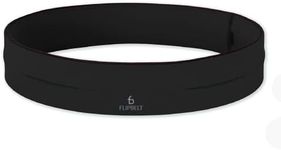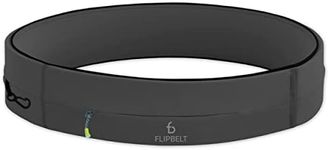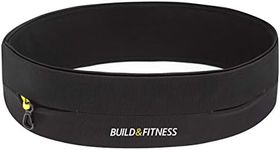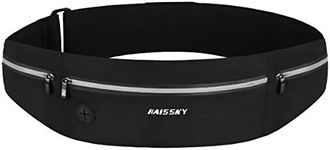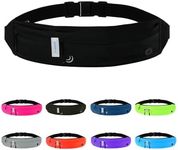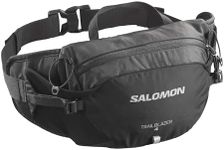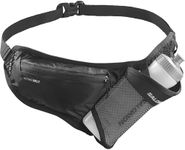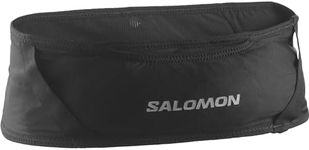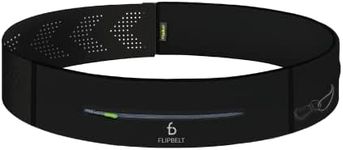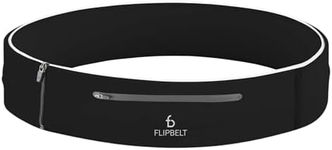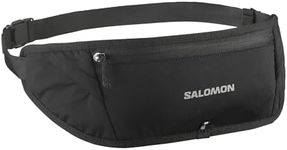Buying Guide for the Best Running Belts
Running belts are a great accessory for runners who need to carry essentials like keys, phones, energy gels, or water bottles without the hassle of holding them in their hands. Choosing the right running belt can enhance your running experience by providing comfort, convenience, and security for your belongings. Here are some key specifications to consider when selecting a running belt.MaterialThe material of a running belt is crucial for comfort and durability. Common materials include neoprene, spandex, and polyester. Neoprene is known for its water-resistant properties, making it ideal for rainy conditions. Spandex offers a stretchy and snug fit, while polyester is lightweight and breathable. Choose a material that suits your running environment and personal comfort preferences.
Size and FitRunning belts come in various sizes and fits, including adjustable and fixed sizes. An adjustable belt allows you to customize the fit to your waist size, ensuring it stays in place during your run. Fixed-size belts may offer a more streamlined design but require you to choose the correct size for your body. Consider your waist measurement and how snug you prefer the belt to be when making your choice.
Storage CapacityStorage capacity refers to the amount of space available in the belt for carrying items. Some belts have multiple pockets, while others have a single large compartment. Think about what you need to carry during your runs—such as a phone, keys, ID, energy gels, or water bottles—and choose a belt with enough storage to accommodate these items without being too bulky.
Water ResistanceWater resistance is an important feature if you often run in wet conditions or sweat heavily. A water-resistant running belt will protect your belongings from moisture, keeping them dry and safe. Look for belts made from water-resistant materials or those with special coatings that repel water. If you run in dry conditions, this feature may be less critical.
ComfortComfort is key when selecting a running belt, as it should not cause chafing or discomfort during your run. Look for belts with soft, breathable materials and ergonomic designs that conform to your body shape. Some belts also have padding or mesh panels for added comfort. Try on different belts to find one that feels comfortable and secure around your waist.
AccessibilityAccessibility refers to how easily you can access your items while running. Some belts have zippers, Velcro, or magnetic closures that allow quick and easy access to your belongings. Consider how often you need to access your items during your run and choose a belt with closures that suit your needs. If you need frequent access to items like energy gels or your phone, look for belts with front-facing pockets or easy-to-open closures.
Reflective ElementsReflective elements are important for safety, especially if you run in low-light conditions. Reflective strips or patches on the belt can make you more visible to drivers and other runners. If you often run early in the morning or late in the evening, choose a belt with reflective elements to enhance your visibility and safety.
